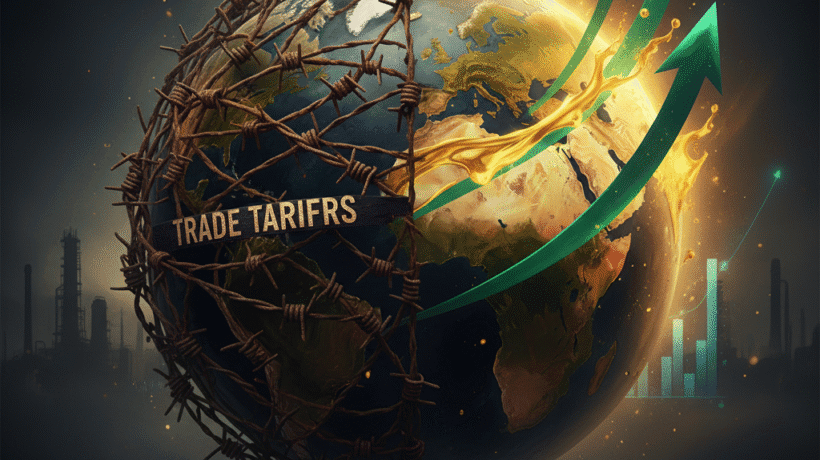Global Growth Outlook 2026: Tariff Hangover Meets Relief from Falling Oil Prices
Global Growth Outlook: Moderation Amid Tariff Pressures and Oil Price Relief
Global economic momentum is moderating across major economies as the aftereffects of tariff front-loading take hold, impacting trade flows, manufacturing, and investor sentiment. However, a sharp decline in crude oil prices is expected to provide some relief and act as a tailwind for growth heading into 2026.
Tariff Front-Loading Impact
The rush to move goods before new tariff hikes—especially between the U.S., China, and Europe—has left a temporary dip in global trade volumes. Manufacturers and exporters are now adjusting inventory levels, while emerging markets face slower export orders due to demand realignment and cost pressures.
Oil Price Decline: A Silver Lining
The fall in crude oil prices has emerged as a key stabilizer, lowering input costs for industries and easing inflationary pressures globally. For oil-importing countries like India, this translates into reduced fiscal burdens and improved consumer purchasing power—potentially cushioning domestic growth in early 2026.
Growth Outlook
While the IMF and World Bank project moderate global growth, policy shifts in trade and energy sectors could influence recovery patterns. Economists anticipate advanced economies to grow below 2%, while emerging markets like India, Indonesia, and Vietnam remain key drivers of resilience.
Implications for India
For India, softening crude prices could narrow the current account deficit and strengthen the rupee in the medium term. However, global trade moderation might weigh on export sectors, particularly in manufacturing and textiles. Continued fiscal prudence and domestic demand momentum remain essential to sustain growth.
MeraCompliance Insight
With global volatility in trade and currency markets, strategic financial compliance and tax planning become vital for exporters and importers alike. MeraCompliance assists businesses with foreign trade compliance, FEMA reporting, and tax structuring to help them navigate international uncertainties confidently.
Conclusion
Global growth is entering a recalibration phase—marked by cooling trade activity and easing energy prices. While short-term moderation persists, opportunities exist for economies that balance fiscal stability with innovation-driven expansion.
FAQ'S
1. What does “tariff front-loading” mean?
It refers to businesses accelerating shipments before higher tariffs take effect, which later results in a slowdown once inventories are stocked.
2. How does the decline in oil prices affect global growth?
Lower oil prices reduce input costs, curb inflation, and increase consumer spending power, supporting growth in oil-importing economies.
3. Which economies are most affected by trade moderation?
Export-dependent economies such as China, South Korea, and Germany are experiencing slower growth due to weaker global demand.
4. How does this trend impact India?
India benefits from reduced oil import costs but may face slower export growth. The overall impact depends on maintaining domestic consumption and investment momentum.
5. How can MeraCompliance support businesses during global trade shifts?
MeraCompliance helps companies with international taxation, export-import documentation, and compliance advisory, ensuring seamless operations despite global volatility.





